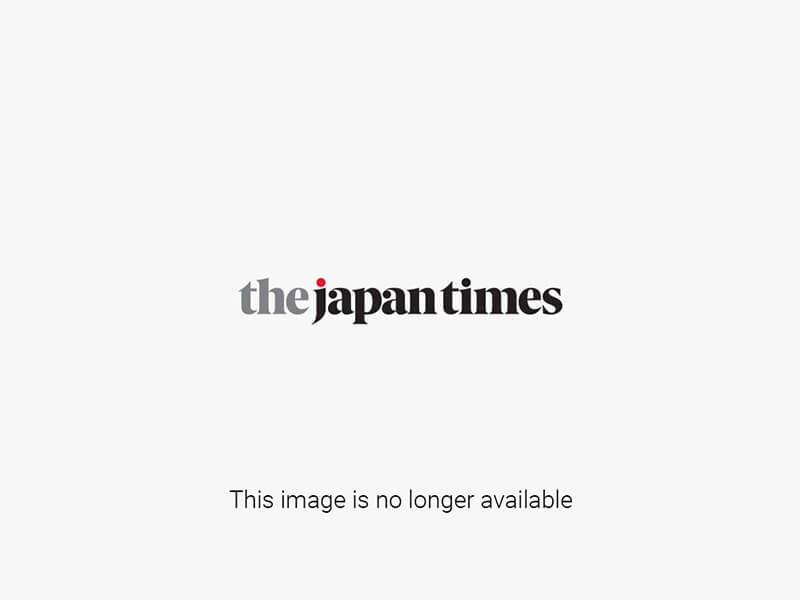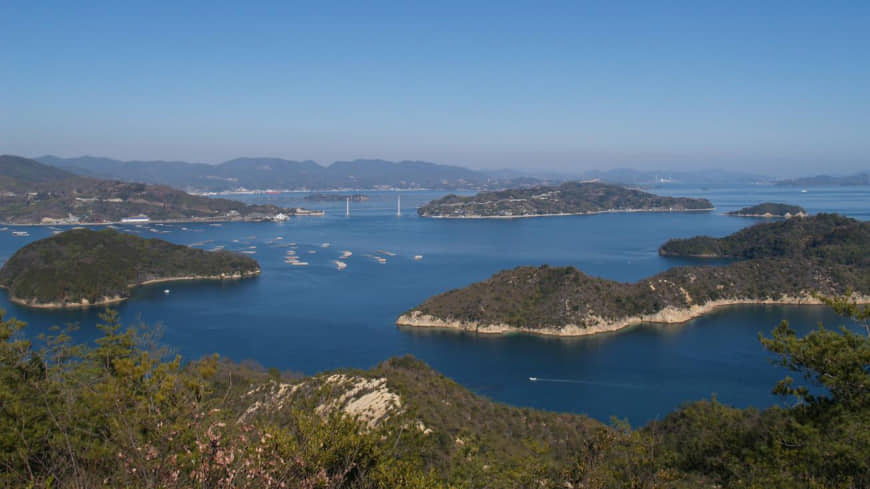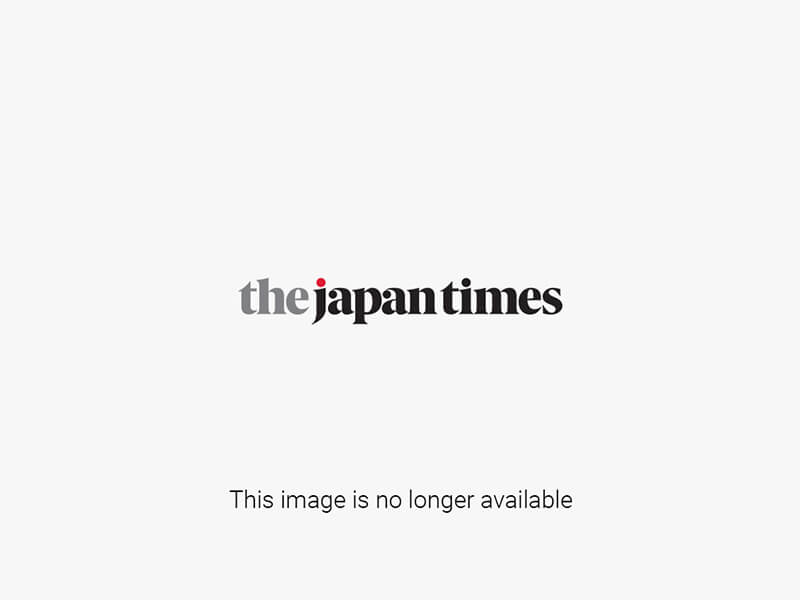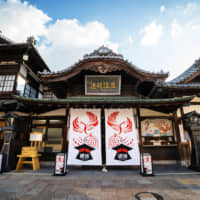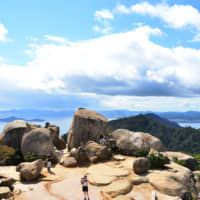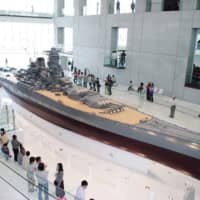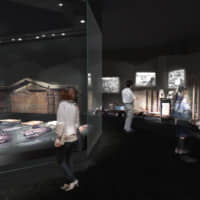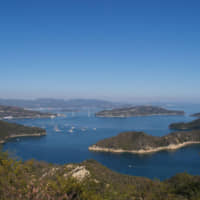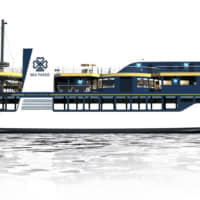Setouchi is an area around the Seto Inland Sea. Located west of Osaka and Kyoto, the region’s major cities of Hiroshima and Matsuyama are connected by a chain of small islands.
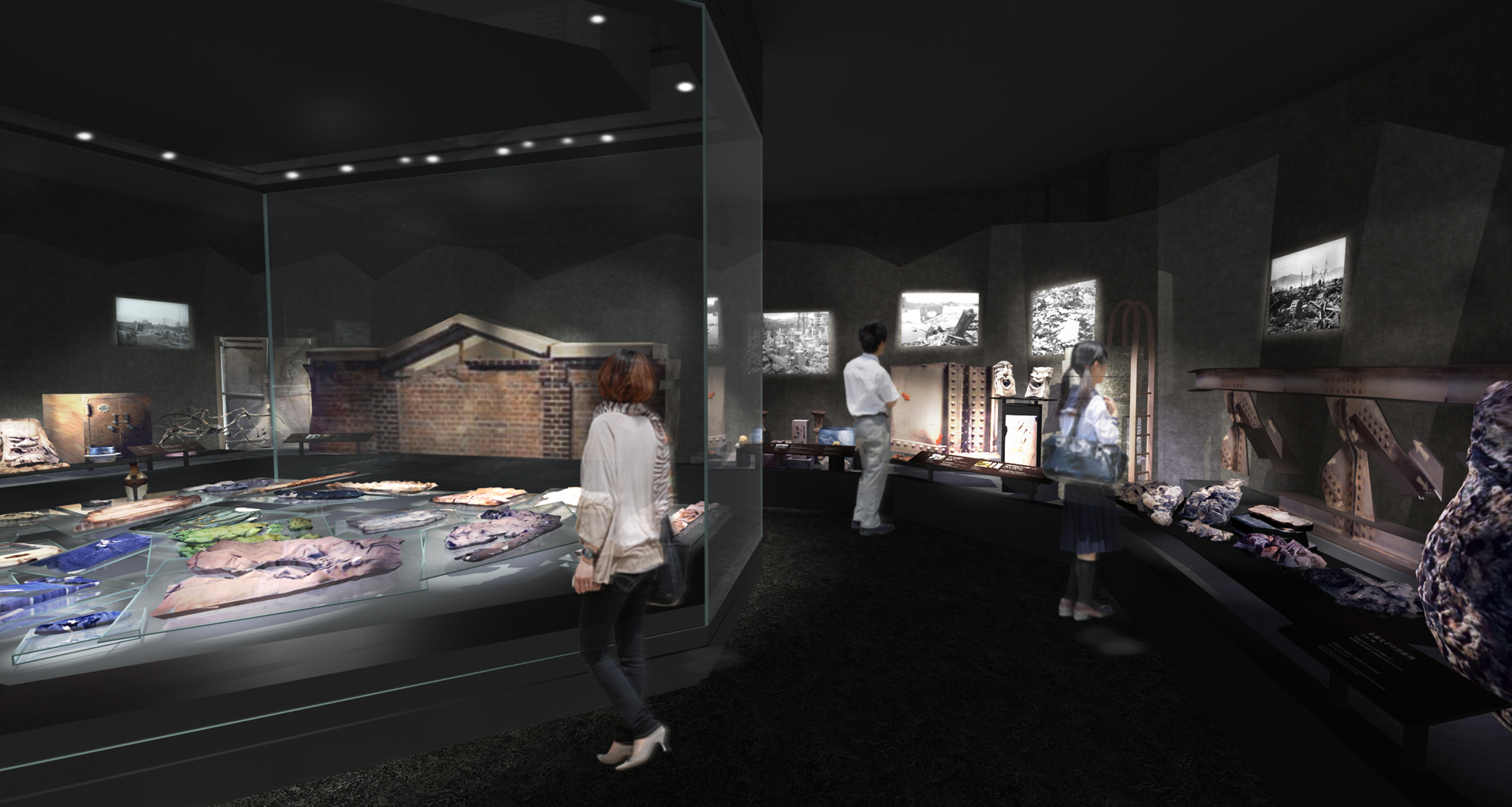
When journeying to Hiroshima, visiting the Atomic Bomb Dome in remembrance of the August 6, 1945, tragedy is a sobering, yet essential experience, as is setting time aside for the Hiroshima Peace Memorial Museum, where global leaders have visited to pray for the victims and peace. The museum has just wrapped up major renovations, with new exhibitions focusing on the suffering of victims and their families.
Kure Naval Base, which is also known as Kure Chinju-fu, was established in 1889 in Kure, which led to the rapid growth of the city. Later Kure Naval Arsenal was opened and many battleships were built, as well as weapons. The largest battleship in the world, Yamato, was built at the arsenal. Toward the end of World War Ⅱ, Kure became the target of air raids and was greatly damaged. Today, however, Kure has come to flourish again with shipbuilding, steelmaking and other industries, retaining some remnants from the past. The Yamato Museum and the JMSDF Kure Museum (Submarine Museum) show the history of Kure and the wartime life of the people, both of which attract many visitors from home and abroad.
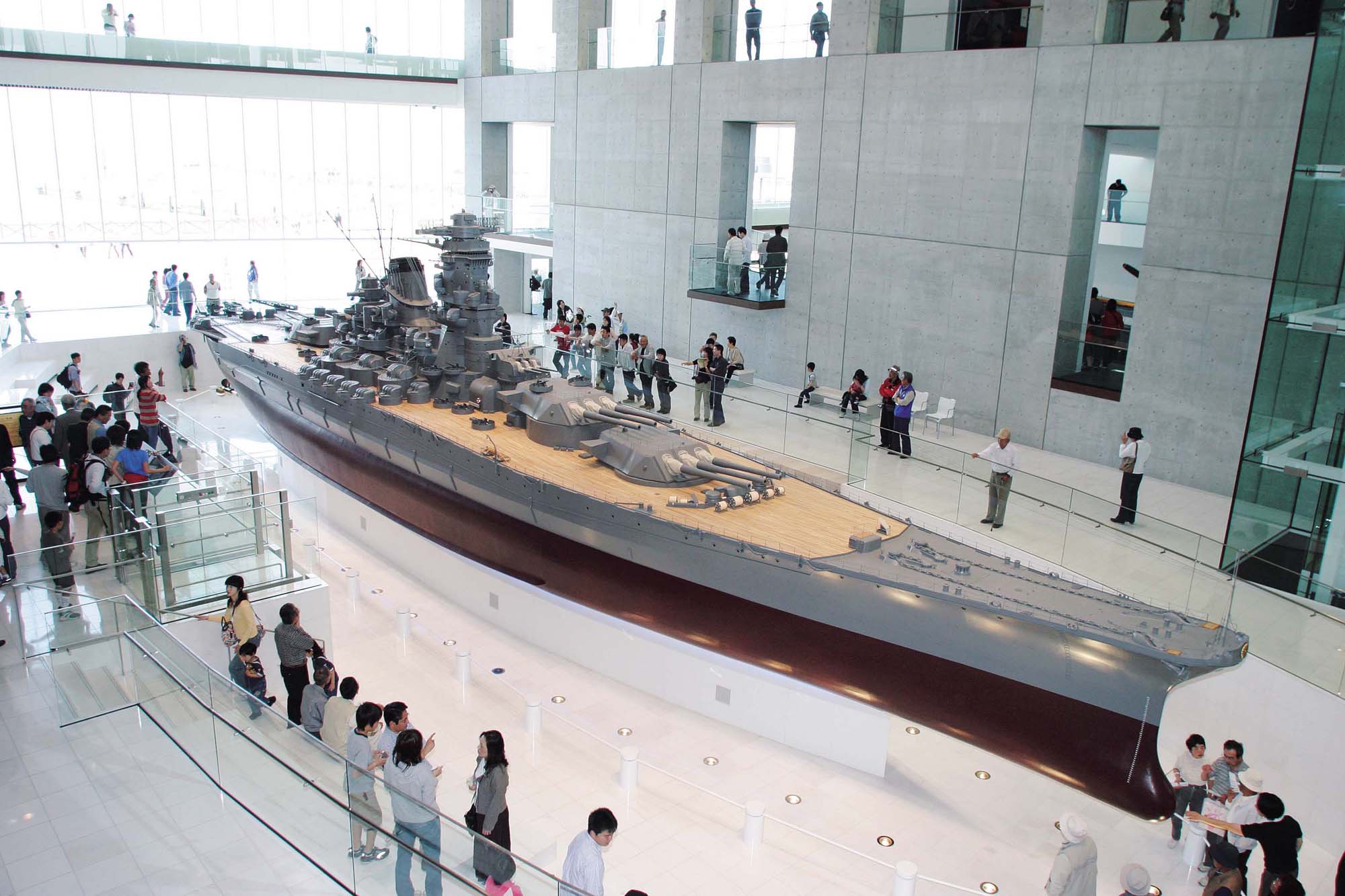
Moving westward from Hiroshima is the city of Hatsukaichi. A 30-minute train ride and a 10-minute ferry ride will take visitors to Miyajima, an island home to Itsukushima Shrine. Itsukushima’s iconic red torii rising from the sea has long-welcomed travelers. The shrine’s history stretches back roughly 1,400 years to the Asuka Period.
However, the O-torii gate is currently being restored, so sadly the world-famous view is temporarily closed to the public. However, the Miyajima ropeway is a breathtaking alternative with a panoramic view of the Seto Inland Sea and Hiroshima. Autumn is particularly inspiring — the maple leaves turn red as though the mountain has caught fire.
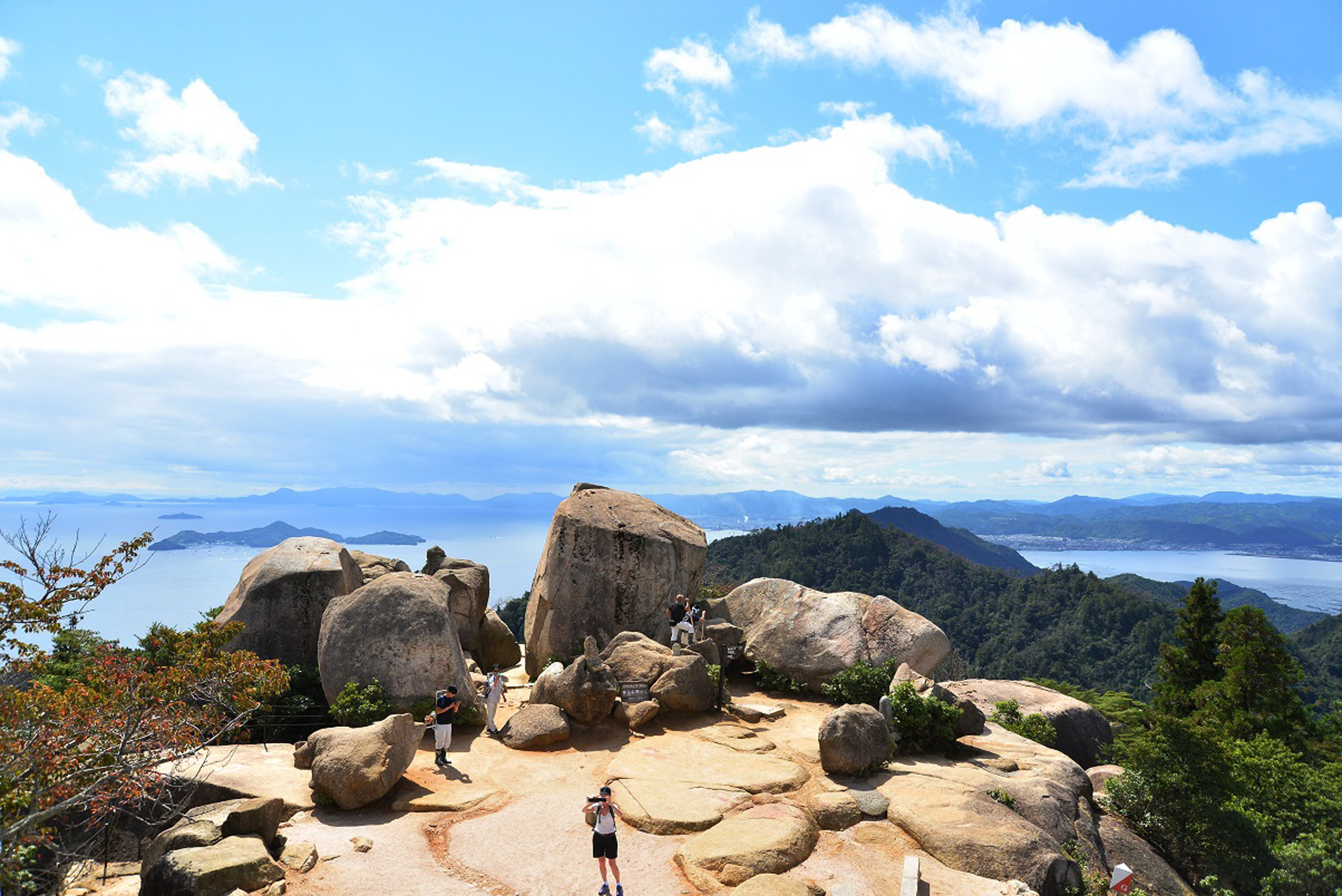
There are many delicacies to thrill the palate, but anago-don (rice bowl with conger eel) is a must when in Miyajima. Seafood and desserts are abundant in Miyajima, with seasonal oysters and momiji-manju (maple leaf-shaped buns filled with red bean paste) being among the highlights. In terms of nonedible souvenirs, traditional woodcrafts such as Miyajima-shakushi (wooden ladles) and Miyajima-bori (wood carvings) are ideal souvenirs.
On the topic of taste buds, no trip to Hiroshima is complete without trying the area’s take on okonomiyaki (savory Japanese pancake). Ramen or udon noodles are often sandwiched between an impressive layering of thin savory crepes, cabbage and other sliced vegetables, meat or seafood and a fried egg. As with Osaka, local pride in Hiroshima’s cuisine is strong and many will argue that their interpretation is the “true” version of the dish. Regardless of who’s “right,” diners are the true winners when faced with this filling feast.
There are two options when traveling out of Hiroshima toward Matsuyama — road or sea. There is the Shimanami Kaido, a 60-kilometer-long bridge connecting Hiroshima and Ehime prefectures via Onomichi and Imabari. This route is very popular with cyclists and hikers, but the drawback of this route applies to those traveling by car; drivers will miss out on most of the sights.
This is where the sea route comes in. There are a variety of boat services that connect Hiroshima and Matsuyama. The Super Jet (around 68 minutes) and ferry (roughly 160 minutes) are both convenient and relaxing — not many would pass up a chance to unwind above the waves while looking out over unforgettable scenery. Also, although the Super Jet is for passengers only, cars can be loaded on ferries.
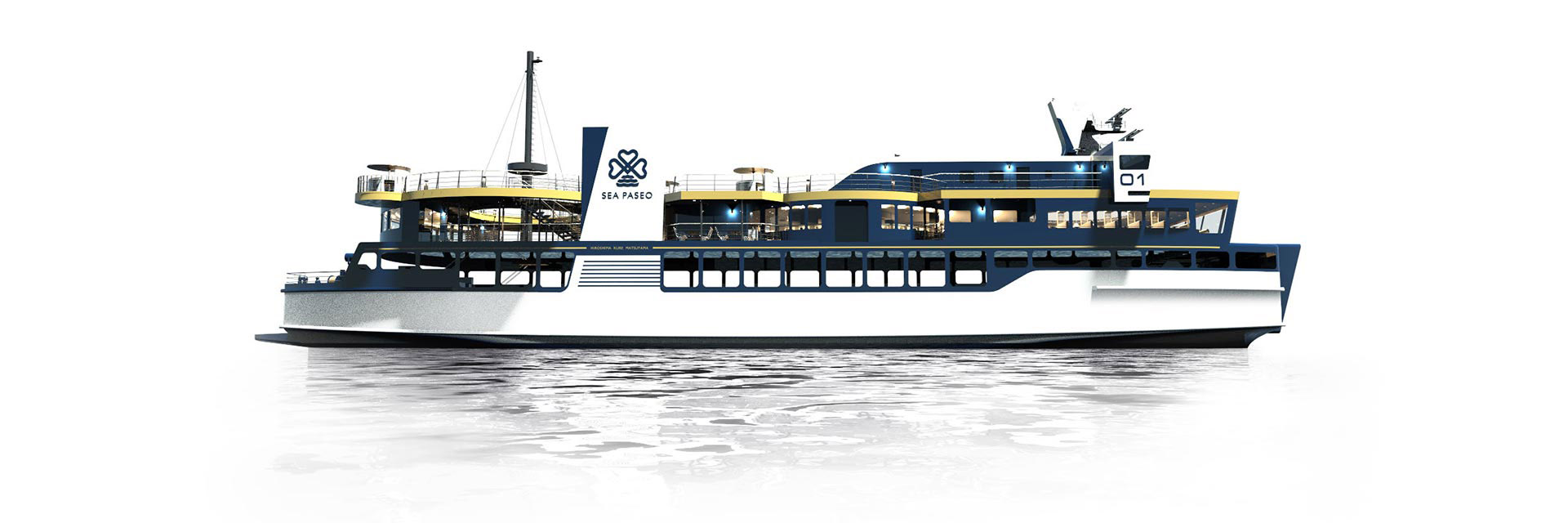
For those looking for high-end cruises, Sea Paseo, a luxury cruise ship complete with gazebos and a food court debuts in August. After docking at Matsuyama Kanko Port, travelers will find themselves in the city of Matsuyama, the setting of Natsume Soseki’s novel “Botchan.” For avid fans of the literary figure, a ride on the Botchan train — a restored steam locomotive as “small as a matchbox” — is akin to a brief journey into the Meiji Era (1868-1912).
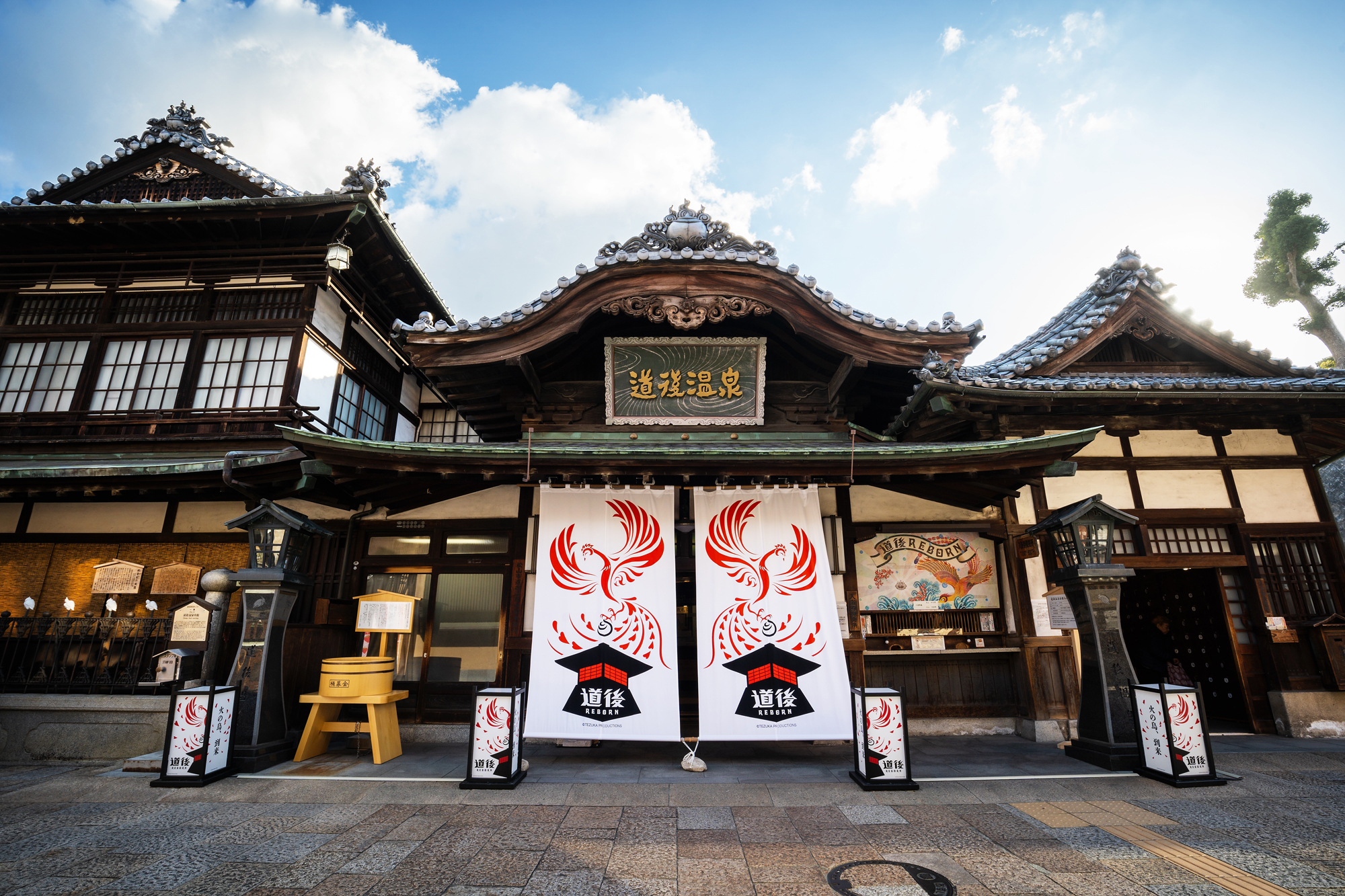
There is also a Botchan-themed marionette clock near Dogo Onsen Station. Every hour from 8 a.m. to 10 p.m., characters from the novel come to life and can be seen from one of the nearby ashiyu foot baths. There are many ashiyu in the area — a welcome respite for those exploring on foot.
Other famous aspects of Matsuyama are Dogo Onsen and haiku. The hot springs area is currently collaborating with manga giant Osamu Tezuka, and the streets have been transformed into an art exhibition. New projects for the new era, one might say.
At the 125-year-old Dogo Onsen Honkan, the main location of the DOGO REBORN PROJECT, a projection mapping show takes place every night from 7 to 9:30 p.m. and features Tezuka’s lifework, “Hinotori” (“Phoenix”). The show was created in collaboration with Naked Inc., a company known for blending art with science and technology.
As the hometown of the Meiji Era’s most famous haiku poet, Masaoka Shiki, Matsuyama and its citizens have a charming bond with the art form. Haiku boxes can be found around the city where locals and travelers can contribute their own masterpieces for a panel to judge (and perhaps publish).
Matsuyama is also part of the Shikoku region, known for its ohenro passage. Many pilgrims walk from one fudasho (temple) to the next, to fulfill their wishes and pray for their loved ones. Among the 88 fudasho, eight are located in Matsuyama.
Setouchi is a place known for its warm weather and spirit. It is a place connected by land and sea; those who dwell there build on the past while praying solemnly for the future. As a liminal, yet steadfast space that has maintained its individuality through the rise and fall of emperors, the dawn of the Reiwa Era is as good a time as any to journey to southwestern Japan.
Access to Hiroshima From Shin-Osaka: 1 hour and 20 minutes by Tokaido Sanyo Shinkansen Line
Access to Matsuyama From Hiroshima: 1 hour and 8 minutes by high-speed Super Jet boat



